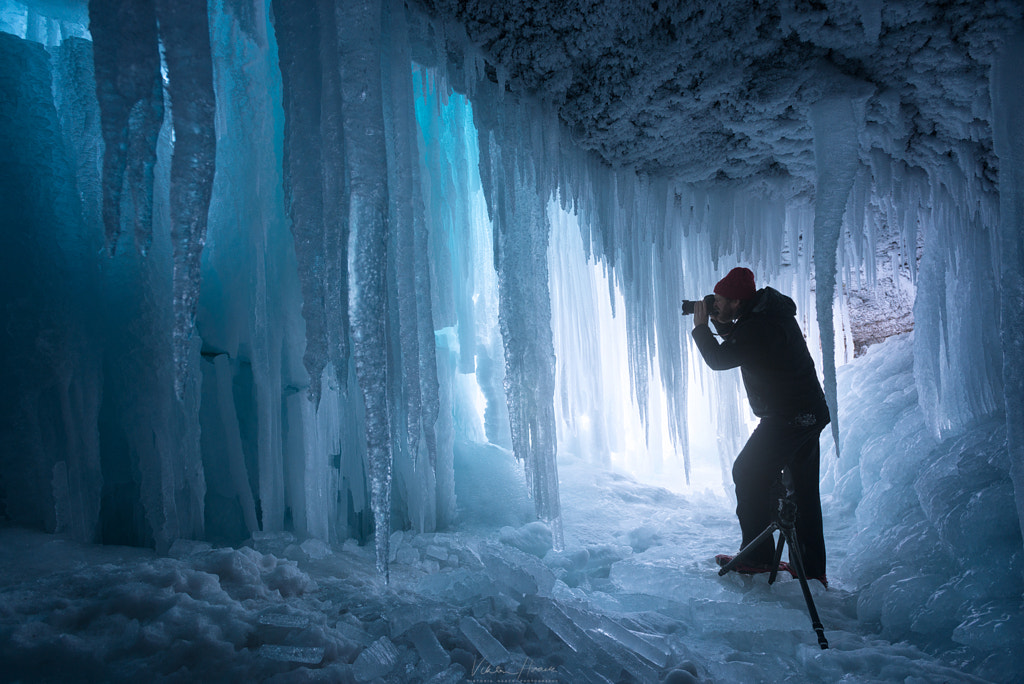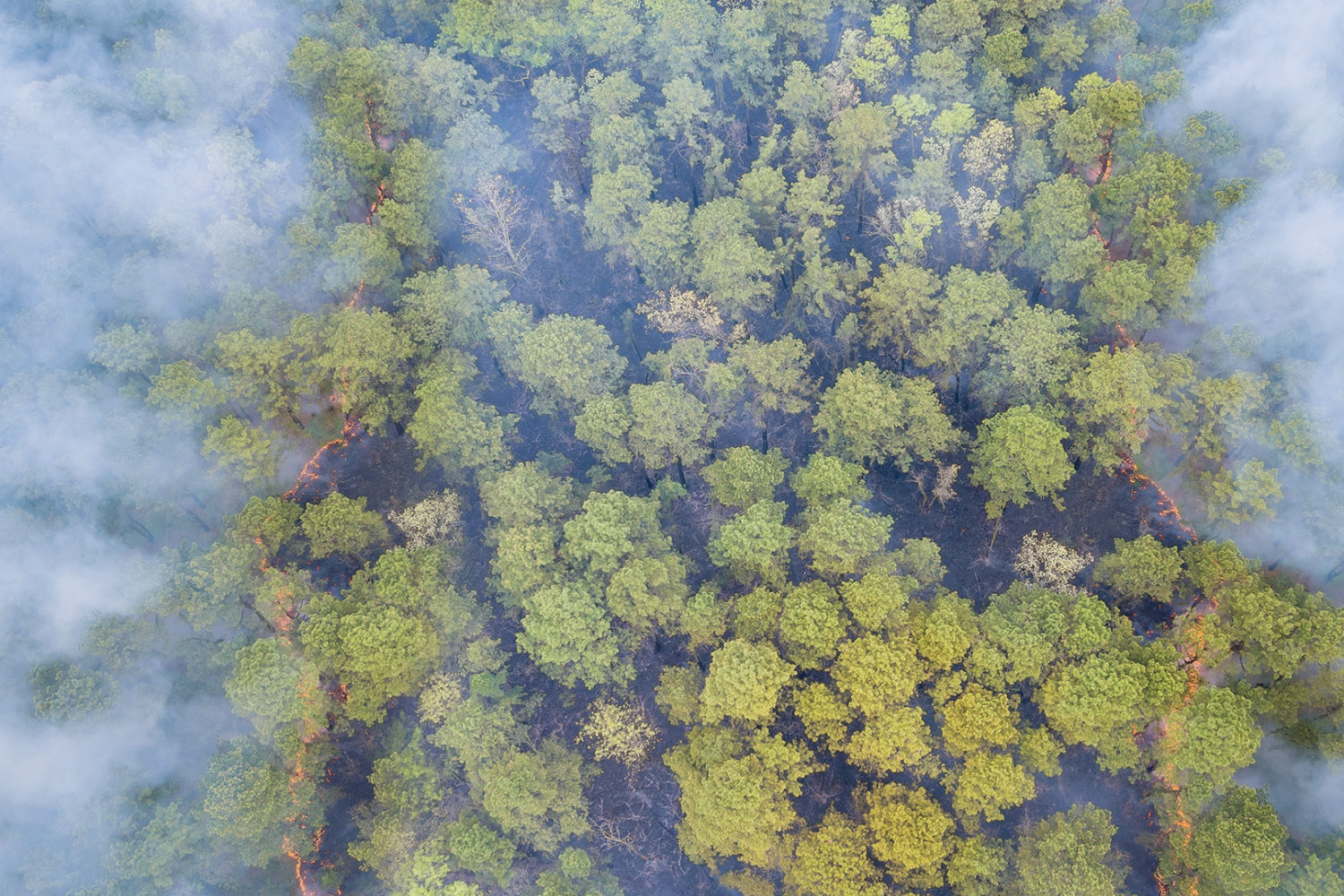The last couple of years have been important for copyright law, and in many cases, the photo industry has been front and center. First, there was Goldman v. Breitbart News et al, then McGucken v. Newsweek, and most recently, the reopening of the Sinclair case. These headline-grabbing cases have drawn widespread public attention to the nuances of copyright law in the age of digital media, and they’ve also served as a reminder to photographers about the importance of protecting their work.
At the same time, common misconceptions about copyright law remain, and many of them directly affect photographers. We asked Leslie Burns, Esq., an attorney who specializes in working with photographers and others in creative industries, to tell us about what today’s photographers need to know about their rights, responsibilities, and options. She was kind enough to share her tips for understanding the law and protecting your work.
Note: This article contains no legal advice and is meant solely for informational purposes. If you need legal advice, contact a lawyer directly.
You own the copyright to your work unless you sign it away
As the photographer, you own the copyright to your work, regardless of whether or not you’ve registered it, unless you’ve signed something that says you don’t. “As long as the photographer is not an employee making the photo as a part of the photographer’s employment, then the ‘author’ and owner of the copyright, from its moment of creation, is the photographer,” Burns tells us.
“The exception is when a photographer signs a writing of some sort agreeing that the work is a ‘work made for hire.’ This needs to happen before the work is created for it to be effective (and that is assuming it actually qualifies to be a work made for hire, as there are more rules about that). For a copyright transfer (aka ‘assignment’), the writing must be signed, but it can be after creation of the work.”
If you don’t feel comfortable signing away your copyright, keep an eye out for those terms. Go over any contracts and licensing agreements in full to make sure you understand what you sign.
Tips for preventing problems down the road
Register your work
You don’t have to register your photos with the U.S. Copyright Office, but it’s a good idea. “Registration is optional, but it’s the cheapest insurance you can buy,” Burns explains. “Registration serves many purposes, but the most important is that you can’t file suit for infringement without one. A timely registration means you can get statutory damages (for sure) and (maybe) attorney’s fees for an infringement if you litigate. That makes your position much stronger in negotiations with an infringer before filing suit.
“Without a timely registration, you’re limited to ‘actual damages,’ which is usually your lost license fees, if you can prove them up, or else a fair market value license rate, which is going to be crap since so many people give away their work for virtually nothing. It’s always better to negotiate a settlement than to file suit, and if you have a timely registration, that makes effective negotiation much more likely and much more lucrative.”
You might have noticed Burns’ use of the word timely, and it’s critical here. You must register the work before any infringement takes place or within three calendar months of when you’ve first published it (as defined by the law). In other words, you can’t always file after you notice someone has stolen your work and expect to get statutory damages; it needs to be done before any infringement or within those three months.
“If your work is anywhere online, you will eventually get infringed,” Burns says. “You can register up to 750 photos for $55 and, if your registration is timely, one infringement of one of those 750 photos will mean at least $750 (minimum statutory damages). The math is totally in your favor. Registering your work is a cost of doing business just like licensing Photoshop or buying a new camera.”
“When registering work, keep copies of everything you submit to the U.S. Copyright Office, and when you get your registration, include it in a folder with that stuff. Infringers with lawyers always want to see copies of the deposit copies you submitted—this way you have it all easily available.”
Add a copyright notice
“Besides registering the photos, the best thing a photographer can do is to include a visible watermark on each work, preferably one that is in the form of a proper copyright notice (i.e., © + year of first publication + name of photographer, like ©2020 Leslie Burns),” Burns adds. “Second best is to put the copyright notice right next to the work wherever you post it and especially on your own website. Third best is using a watermark that’s just your name or other identifying info.
“It is not legally necessary to use a copyright notice, but it has great benefits when used correctly. Specifically, an infringer can’t claim ‘innocent infringement’ as a defense if your work is publicly available with its proper copyright notice. Also, if an infringer ignores a proper copyright notice, that makes the infringement very likely to be held legally willful, increasing the statutory damages available (assuming the work is timely registered). By the way, a copyright notice/policy page that is separate is not the same as having notice on or adjacent to the work—it’s better to have the notice on/adjacent to the work, for sure.”
There’s also part of the Digital Millennium Copyright Act (DMCA) that can help if someone has removed your watermark. “If you use a watermark that identifies you as the copyright owner or you post your name or copyright notice immediately adjacent to your work, that watermark/credit line is called Copyright Management Information (CMI),” Burns says. “If someone copies your work and omits, changes, crops out, or removes that CMI, that is a violation of the DMCA and that carries statutory damages of $2500-$25,000 per violation, plus maybe attorney’s fees.
“If they put their own watermark on it or otherwise claim ownership, that is another violation! The best part is that those damages are available to you regardless of whether or when you registered the work. So, let’s say you haven’t been good about registering your work (yet!), but you do put a watermark on it and someone rips you off and deletes your watermark and puts it on their site where they claim ownership of all the content on the site—that case will be more likely to be something a lawyer will take on contingency fee because of the CMI claims.”
Be conscious of how and where you share your work
Cases like the recently-reopened Sinclair case revolve around whether or not it’s copyright infringement for a publication or brand to embed images that have been shared on social media, and right now, the law isn’t completely clear on this point. For this reason and others, make sure to read and understand the Terms of Service when sharing your images online.
“The other side of social media, generally, is that the law around the incredibly broad terms of service photographers agree to for platforms is murky at best,” Burns says. “I do not encourage using Facebook/Instagram for many reasons, but for photographers, one of the strongest is that you grant far too broad a license to these companies. On paper, they can do pretty much whatever they want with your work, including licensing it to others without paying you a dime.”
Of course, this isn’t to say you shouldn’t promote your work online; just be conscious of what, where, and how you share it.
What to do if someone steals your work
Gather evidence
If someone has used your photo without permission, don’t panic. “The first thing to do is gather as much evidence as possible,” Burns says. She has an article on how to do this available on her website, but you can start by capturing screenshots of the infringement. “Include where the photo is on the infringer’s server, look at the metadata of the infringing—use to see if yours is still there, and save the infringing website on archive.org.,” she says.
“Oh, and if you have not yet registered the work, check the dates—if it is still within three months of your first publication of the work, register it immediately, and you’ll have a timely registration!”
Take a breath
“The biggest mistake is doing anything now-now-now,” Burns explains. “It sucks to find your work being used by, say, some company to market its widgets, but if you immediately email or call an infringer and, worse, yell at them, you’re not going to accomplish anything helpful. Same for yelling at them or shaming them on social media—just don’t.”
Your first steps could play a role in further litigation—for instance, if you demand a certain amount as payment, that number could later be admissible in court and limit your potential damages—so try to keep a level head.
Explore your options
The good news here is that you have options—lots of them.
You might have heard of a “takedown notice,” which is part of the DMCA, and can be prepared and sent to the internet service provider (ISP) in the case of stolen work. ISPs are not liable for copyright infringements on their services if they have not committed the infringement themselves (e.g., a third party has posted your work without permission), but they must have a registered agent to receive takedown notices from copyright owners in these cases.
“Copyright owners can send proper takedown notices, including swearing under penalty of perjury to the assertions in the notice, to get their works removed from specific, third-party uses,” Burns says. “When you send a takedown notice and the ISP takes down the work, you can’t sue the ISP for infringement, but you can still sue the user/third party who posted the work on that ISP.”
Sending a DMCA takedown notice is an option, and it’s a good one, but Burns suggests weighing it carefully against your other options too. You could, for instance, request credit or work out a licensing agreement, if there’s potential to find a new client in the process.
“Don’t immediately send a takedown notice,” she says. “Instead, think about what you want to get out of this situation. What you want will guide your next steps. For example, maybe it’s a charity you really like (usually) and so you don’t want money but you do want to be listed in its next newsletter as having donated the use of the photo—then you can approach them calmly with that offer.
“Or maybe you do want to get as much money as you can (nothing wrong with that, by the way), in which case contacting an attorney to handle the matter is your best bet, and there are many of us who will help you on a contingency-fee-basis, especially if the work is timely registered. In most circumstances, you have three years from when you discover an infringement to file suit, so you don’t have to rush into a bad choice when you discover one.”
Consult a lawyer
There are a few “next steps” you can do on your own—like preparing a cease and desist letter—but it’s always best to consult a professional in these cases to minimize risk and protect yourself going forward. “If you aren’t sure what to do when you find your work being used without your permission, ask a copyright lawyer for advice rather than assuming you can only send a takedown,” Burns says.
“There is a reason we are licensed professionals—because this stuff is complex and the downsides can be really bad. For example, if you file suit and lose, you might have to pay the other side’s attorney’s fees and those can be well into five figures, even if the case gets immediately dismissed (and much more later in the process). Ouch! A good lawyer will let you know the risks you face as well as the strengths and weaknesses of your case, and she’ll help you decide what the best course of action is for that particular situation.”
These issues happen all the time, and they don’t always have to cost a fortune to resolve. “The percentage of copyright claims that ever get filed (or should get filed) is tiny… teeny tiny. Less than 1% tiny,” Burns says. “While there are some attorneys out there who promote themselves for filing a ton of infringement cases, that is not best practice and judges will notice—most of us instead work to resolve infringement matters through negotiations which save everyone time and money. Infringement is strict liability—the infringer is liable even if it wasn’t intentional—so when caught, the majority will want to settle.
“Also, even when a photo infringement case does get filed, it almost always settles, and often shortly after filing, so the costs aren’t huge, and some may be collectible when you win (there was a recent SCOTUS opinion that limited those costs, by the way). More and more districts are insisting on mediation or other alternative dispute resolution programs early in the process, and those encourage settlement early, too.”
The copyright cases you read about going to trial aren’t the norm; they’re the exception. In an age where photos can be copied and pasted anywhere at any time, registering your work and covering your bases should be a regular part of running your business, and it’s easy to get started. For more information, be sure to check out the Burns the Attorney website, where Burns has tons of articles and info on copyright law and how it relates to photographers.
Not on 500px yet? Click here to learn about Licensing with 500px.

















Leave a reply